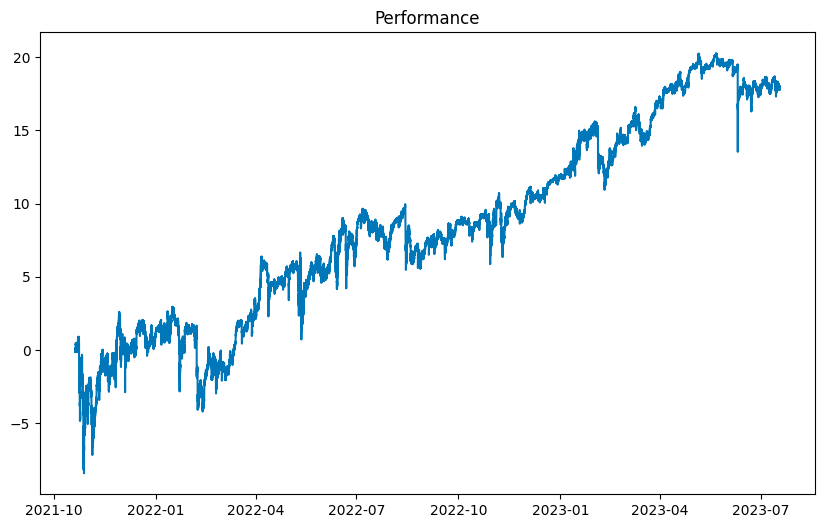Realistic Backtester for Perpetual Futures (Part 1/2) (With Code)
A guide to writing a realistic market simulator for Crypto perpetual futures.
Table of Contents
Part 1:
Introduction
Simulator/backtester architecture
Preparing the data
Simulating a single market
Simulating market orders
Part 2:
Simulating trading costs
Simulating funding
Simulating many markets
Finish
Subscriber materials (source code)
Introduction
In the last article, we looked at how markets work and at simulating them in theory.
Today we w…
Keep reading with a 7-day free trial
Subscribe to TaiwanQuant's Newsletter to keep reading this post and get 7 days of free access to the full post archives.


